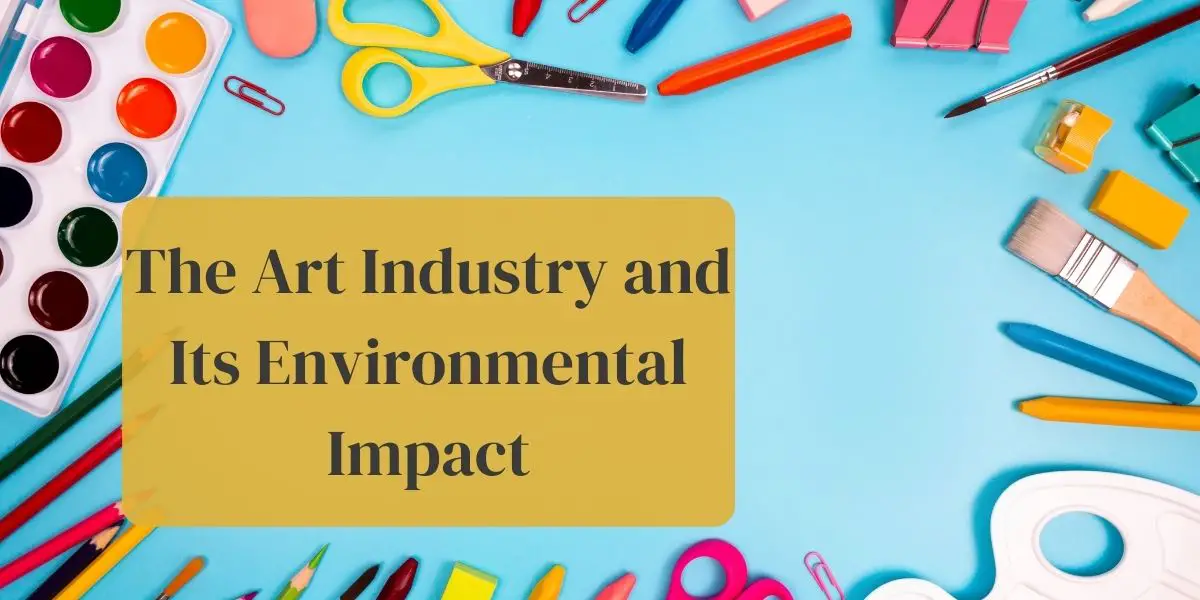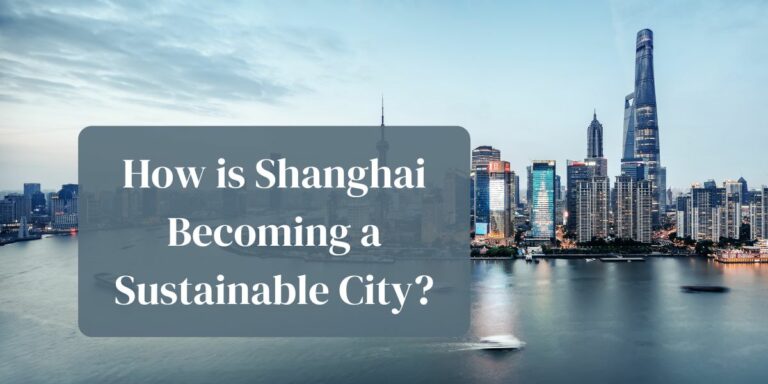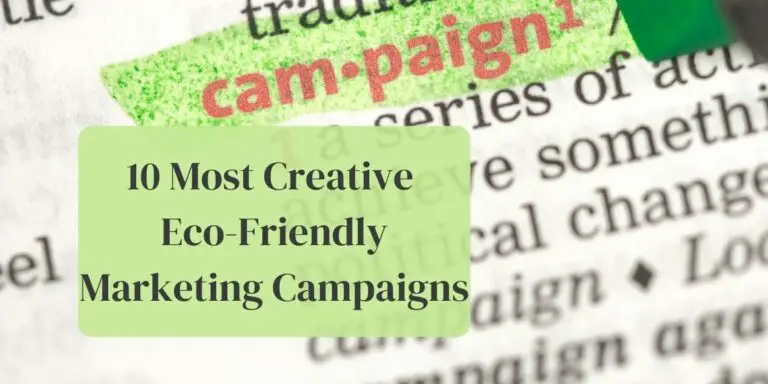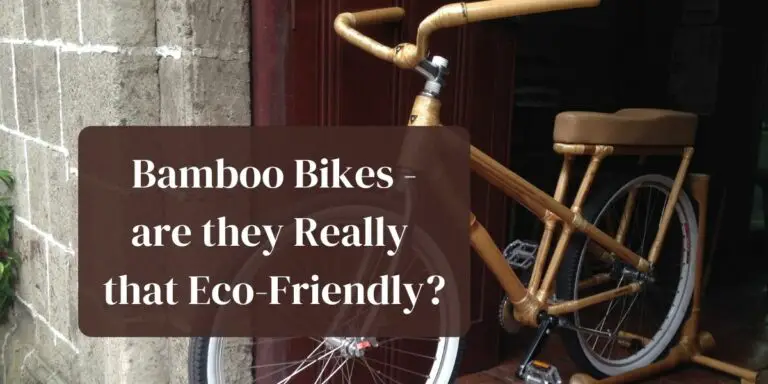Have you ever seen some type of art and gone: “Damn, it looks cool, but…isn’t that a huge waste of resources?”
You might not. But I have done that several times. It might be my bizarre brain that instantly connects everyday stuff with its environmental impact. However, I decided to do some research on the topic to see how much waste and pollution the art industry creates.
Table of Contents
- Is it possible to measure the total environmental impact of art?
- Let’s start to answer those questions right away – art & the environment in numbers
- Will art in the future be connected with its huge environmental impact?
- What can be defined as “art”?
Is it possible to measure the total environmental impact of art?
No, it’s not. There is a couple of reasons for that:
- People do not agree what art is. The definition is very unclear.
- There’s no one who needs to report anywhere about their art, which makes it impossible to measure how much art that can be found in the world.
- Not many people seem to care about this topic (sorry, I am just being honest here). 🙂
How would it be possible to measure the CO2 emissions and pollution levels from art?
Now, what we can do is to analyze different aspects of the art industry. That way, we might get some type of indication of how big of an impact it has on the planet. These are some questions that we might try to get an answer to:
- How often do museums change their art?
- More importantly: what happens to the “old art” that the museums no longer want to keep?
- Are there any toxic chemicals being used in paintings?
- Will some art be more eco-friendly than other?
- On the other hand, can art be used as a positive way to educate people about the danger of global warming?
Let’s start to answer those questions right away – art & the environment in numbers
How often do museums change their art?
Some museums will never do that. It’s not like the most famous museum in Paris one day would go: “Oh, I think we are a bit tired of this Mona Lisa thing…let’s swap it out for something else!”. That’s an exception though.
However, most modern art museums change their art at least four times every year. This is done in order to attract more guests and…sell more tickets. According to Quora (not verified information), museum rotation happens between 4 and 6 times a year for “light sensitive art” as it gets damaged easily.
Do museums throw away the art after it’s been featured for a while?
Unfortunately, this happens quite a lot. According to Wikipedia, this process even got its own buzzword: “deaccessioning“.
Luckily, some museums do sell the art on the open market instead of buying them. But after reading several newspaper articles and talking to some “art enthusiasts” about this topic, there’s all reason to believe that most of the art end up in the bin.
Those are the key numbers to understand the environmental impact of the art industry. The text below is written by a friend of mine who is and artist. He wanted to provide a different point of view to see if he could convince anyone that art isn’t really that dangerous.
What about toxic materials?
Loads of toxic materials are being used by artists. This does not only go for painters.
Most of the external articles on this topic are related to health. In other words: people care mot about whether or not the toxic materials can kill humans – and not so much about how it kills the planet. We do know that harmful chemicals that end up in nature will damage our nature, which makes this article from University of Virginia very interesting.
Even though many regulations and laws (internationally) are in place, there are still a lot of loopholes for companies trying to sell online. In other words: you should be very careful about buying a “paint set” to your 3 year old kid from Alibaba.com.
Could art be used as a bridge to educate people about climate change?
Yes, it can. I have witnessed it myself. In fact, I have been to two different eco-friendly art exhibitions: – One about plastic waste in Shanghai, another one about minimalism and the importance of recycling in Paris.
The one I was most impressed by was the one in Shanghai. National Geographic had hired a huge space in the middle of one of the biggest shopping centers. Teaching Chinese consumers about the importance of reducing plastic waste is super important – and I would say that I admire anyone who uses art to create environmental awareness.
We are already seeing an upwards trend on this topic, but there is still so much more to be done.
Will art in the future be connected with its huge environmental impact?
I definitely do not hope so.
For centuries art has been regarded as the catharsis of nations. An era’s top artists and artworks are often cited to provide an insight into the cultural and socioeconomic dynamics of that era and area of the world. In many ways, art, or what is categorized as art by the general public, defines and outlines the concepts and beliefs held by these people and the sort of conditions they lived in.
Much like paintings on the walls of Pharaonic temples defined that era for thousands of years, and much like the Renaissance paintings gave us a whole picture of life in under the Renaissance in several countries, the popular art we see today will freeze our current identity for generations to come.
It’s a sad but unavoidable truth, but cultural and societal experts believe that the current era of human endeavours will be remembered by future generations mostly for the environmental impact we’ve imposed on the planet. If Pharaonic and Renaissance arts tell us anything, it’s that our current art will be telling that story years from now. So how does art reflect our negative impact on the environment?
Can art, as we know it today, have a bad impact on the environment?
What can be defined as “art“?
To properly explore this question, one must first be able to define what we consider as art today. When we say art, are we talking about the entertainment industry? Literature? Movies? While these things can fall under the general umbrella of art, and each of them in its own way can have a negative impact on the environment, this particular discussion is specific to handmade art, like paintings and sculptures.
In fact, I have previously written an article about the environmental impact of movies and TV shows. People might not understand how much of a positive impact Netflix actually had on our planet. We are no longer producing “DVD box sets”, which literally were CDs covered in plastic.
I am not sure that we will try to reach a point in this article where we fully define the expression of “art”. Not sure that would be appropriate. Furthermore, I am also quite sure it would lead to a lot of angry people in the comment section. That’s how Internet works. 🙂
More than a Pretty Picture
With the digitization of everything around us, a trend has emerged where artists draw and illustrate solely in a digital form that can later be printed and distributed if needed. From an environmental standpoint, this can be regarded as a positive step – less paper, less paint, less toxic materials. But what about the other side of the coin?
Digitization came as a by-product of the long standing ripple effects of the industrial revolution and the creation of computers. The industrial revolution also changed how we manufacture certain art supplies. Art supplies and tools became part of a massive industry that services everyone from small children to professional artists.
The duty of any artist that consumes such products is to investigate their origins.
It’s with great irony that one can regard a painting that depicts deforestation yet is drawn on canvas made from the bark of trees or is painted with paint that comes from factories that release toxic gases into the air.
Toxic materials are still being used in various art industries
The art supplies industry is lined with toxic materials: plastics, lead-based paints, preservatives, and the list goes on. As it is the duty of artists to avoid using such materials, it’s also the duty of manufacturers to be clear about what kinds of materials they use in their products. Today, several positive steps have already been taken in that direction, the most notable one being the EU implementing a ban on a group of toxic materials used in art supplies. Several major canvas and paper suppliers have already stopped manufacturing non-eco-friendly paper. But is it enough?
How Art Can Move Forward
Art loses meaning when it loses creativity, and it’s about so much more than creating an aesthetically pleasing object to admire. If artists cannot figure out how to use recycled, sustainable, and clean products to express themselves and their ideas through their paintings or sculptures, then they need to reconsider where they stand as artists. The responsibility of creating art that not only reflects and upholds the concepts of environmental awareness, appreciation, and conservation, but also adheres to such principles by avoiding animal tested products, paint made with toxic materials, and products from manufacturers who contribute to industrial waste and deforestation, this responsibility lies fully on the artists and the community that supports them.
The number one concept everyone knows about economy is that demand creates supply. If the demand for such products halts, real change, like the instances mentioned previously, can be witnessed. Environmentally aware art is essential and must be held to much higher regard, same way that artists must be held to much higher standards, as what they create today will be what we are recognized by in history books.



![Top Board Games about Climate Change & The Environment [List]](https://sustainabilitymattersdaily.com/wp-content/uploads/2020/01/board-games-environment-thumb-768x384.jpg)





I see and respect your article. However, it is also important to let people know that art can actually be a good way for people to open their eyes about the environmental catastrophy that is coming our way.
Let me give you an example. I brought my friends to this museum where everything was made out of ocean plastic. That was the first time my boys (8 and 13 years old) really understood how much plastic pollution that could be found in the sea. These types of events are extremely helpful for people to understand the importance of saving the world,,, do you agree?
Hello Kea,
I absolutely agree. Art can be used as an education tool to make people (and especially children) learn more about climate change and global warming. 🙂
Will try to edit the article and include that.
Kind regards,